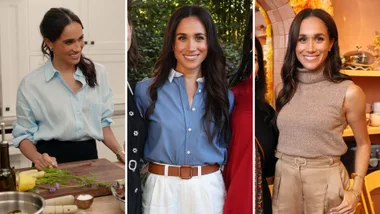A sparkling diamond knuckle-duster or a pair of pretty gold earrings says a lot about your style and taste. But, when it comes to human rights and the environment, there is another side to jewellery — and it’s not pretty.
For decades, precious metals and stones have been mined in some of the world’s poorest countries, and the associated human exploitation and environmental impact is dreadful. In certain parts of Africa, miners work long, gruelling hours in dangerous conditions for less than $1.00 a day; sometimes, children are employed. Some mines have been known to use cyanide to extract the metal from the ore, and toxic chemicals like this can pollute nearby village wells and taint the soil.
Then there is the issue of ‘blood diamonds’, also known as conflict diamonds. These became known to the general public with the 2007 movie of the same name, starring Leonardo di Caprio. Blood diamonds are an untraceable currency used to fund violence and civil wars. In the 1990s, Amnesty International claimed that nearly 15 per cent of diamonds on the international market were blood diamonds. Today, thanks to the establishment of the Kimberley Process (a certification plan backed by 71 countries that verifies diamonds as having come from non-warring countries, and tracks them from mine to manufacturer), that number of blood diamonds is said to have fallen to under four per cent.
The good news is, there is plenty you can do if you want to put your money where your conscience is.
Ask your jeweller to melt down old, unused pieces and design something new
Buy a stunning antique or second-hand piece.
Buy ‘cultured’ gems, lab-grown stones that are identical in composition to naturally occurring ones — even gem experts have difficulty telling them apart without special magnification.
If it simply must be a diamond then, in addition to checking that any stone you buy is conflict-free, you can ask for documentation about the producer’s environmental business practices, e.g. carbon offsetting and reforestation.
Be careful of stones from Africa and investigate those from Canada and Australia instead.
Favour fair-trade pieces that are produced using socially responsible programs for workers, and eco-minded designers who make jewellery from ethically sourced metals and recycled materials.











